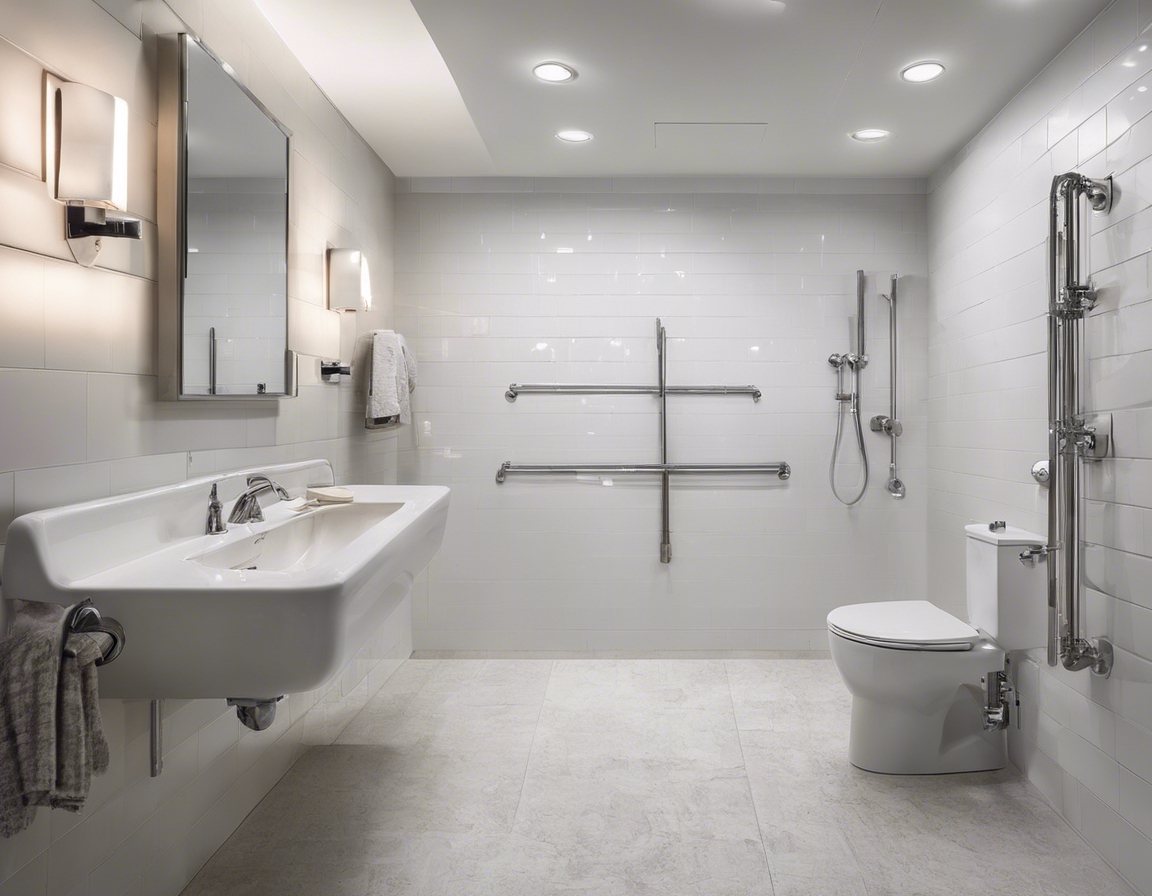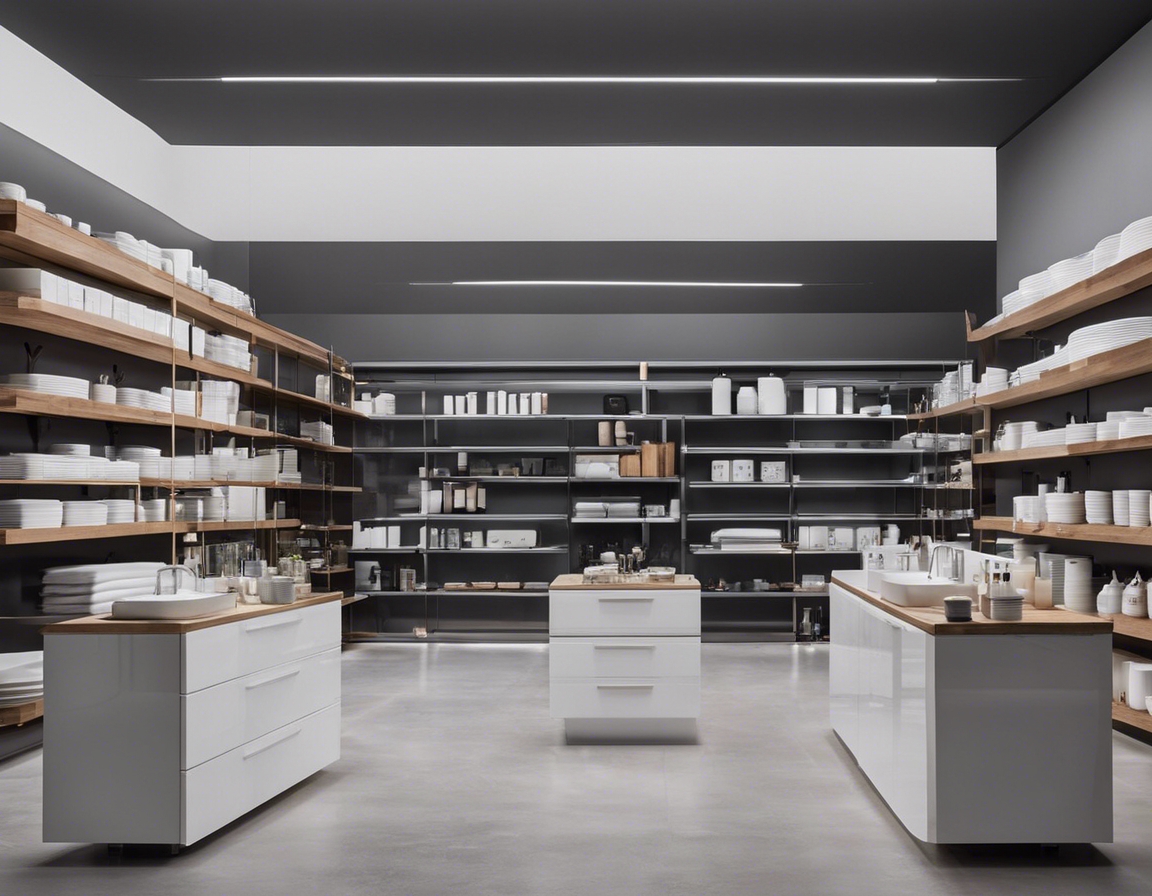The future of hygiene: antimicrobial materials in bathroom design
Hygiene has always been a cornerstone of bathroom design, but in recent years, it has taken on new significance. With the rise of global health concerns, the demand for surfaces that can inhibit the growth of harmful microbes has skyrocketed. Bathrooms, being high-moisture environments, are particularly susceptible to the proliferation of bacteria and mold, making them a critical focus for hygiene innovation.
Antimicrobial materials are substances that are treated with or inherently possess properties to resist and inhibit the growth of microorganisms such as bacteria, mold, and fungi. These materials are increasingly being integrated into bathroom fixtures and surfaces to create environments that are not only easier to clean but also inherently more hygienic.
Advancements in Antimicrobial Technologies
From copper and silver-infused surfaces to advanced polymers and ceramics, the range of antimicrobial materials available for bathroom design is expanding. These materials are being engineered to provide long-lasting protection without compromising on the aesthetic quality of bathroom fixtures and fittings.
Research and development in the field of antimicrobial technology have led to the creation of surfaces that can continuously kill off pathogens over extended periods. These innovations include not only the materials themselves but also the processes by which they are applied, such as coatings and built-in material treatments.
Benefits of Antimicrobial Materials in Bathroom Design
Antimicrobial materials offer a significant advantage in maintaining a hygienic bathroom environment. By actively reducing the microbial load on surfaces, they help prevent the spread of infections and contribute to overall health and safety.
These materials are not only beneficial for their antimicrobial properties but also for their durability. Antimicrobial treatments can extend the life of bathroom fixtures by protecting them from the degrading effects of microbial growth, thus ensuring that investments in high-quality bathroom design endure over time.
Modern antimicrobial materials come in a variety of finishes and styles, allowing for seamless integration into any bathroom design. This means that functionality does not have to come at the expense of form, and designers can create spaces that are both beautiful and hygienic.
Application of Antimicrobial Materials in Various Settings
In the hospitality industry, where the turnover of guests is high, antimicrobial bathroom surfaces can play a pivotal role in ensuring the health and safety of guests. They provide a value-added feature that can enhance the reputation of hotels and cruise ships for their commitment to cleanliness.
Healthcare settings, where the risk of infection is a constant concern, are ideal environments for the use of antimicrobial materials. These materials can help reduce the risk of hospital-acquired infections and improve patient outcomes.
For residential clients, antimicrobial bathroom surfaces offer peace of mind by creating a cleaner and safer home environment. They are particularly appealing to those with young children or elderly family members, where hygiene is a top priority.
Integrating Antimicrobial Materials with Sustainable Practices
As the use of antimicrobial materials grows, it is important to consider their environmental impact. Manufacturers are focusing on developing products that are not only effective but also environmentally responsible.
EUMAR SANTEHNIKA OÜ is at the forefront of this movement, employing sustainable manufacturing processes to create bathroom fixtures that meet the highest standards of hygiene and environmental stewardship. By choosing EUMAR SANTEHNIKA OÜ, clients can be assured of products that are both innovative and eco-friendly.





Comments (0)